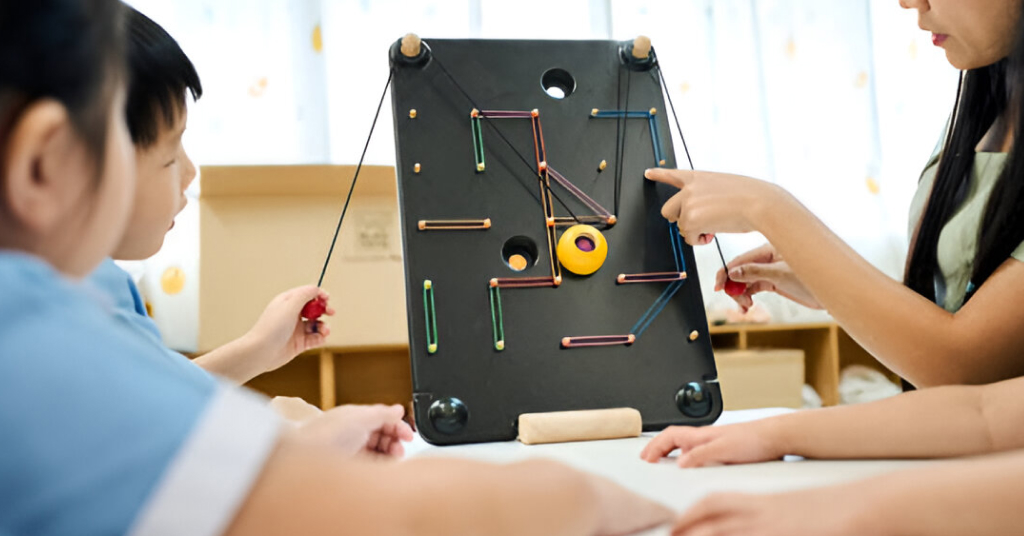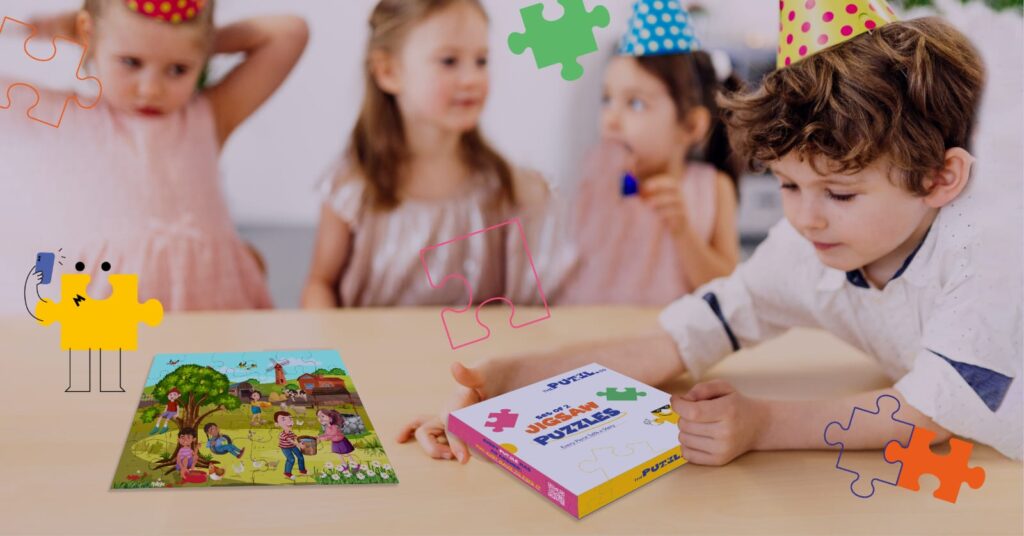String puzzles, also known as disentanglement puzzles, involve the challenge of freeing a string or cord from a complex arrangement of rings, beads, or blocks. While they can look deceptively simple, solving these puzzles often requires patience, dexterity, and a strategic approach. By methodically working through the puzzle and understanding how the components interact, you can successfully unravel even the most intricate string puzzles.
In this blog, we’ll break down the techniques for solving string puzzles, explore common types of these puzzles, and offer tips to help you become more adept at handling them.
Understanding the Anatomy of a String Puzzle
Before we get into specific solving techniques, it’s important to familiarize yourself with the typical components of a string puzzle. These puzzles usually involve:
- A string or cord: The central element of the puzzle, which may be looped or tangled in various ways.
- Fixed objects: Rings, blocks, beads, or wooden frames that the string passes through or wraps around.
- Loose pieces: Sometimes the puzzle will include a detachable piece that must be freed from the rest of the puzzle.
The objective of a string puzzle is usually to untangle or remove a specific piece, such as a ring or bead, from the complex arrangement without cutting or breaking the string.
Also Read: How to Solve Tangram Puzzle
Step-by-Step Guide to Solving a String Puzzle
Step 1: Analyze the Puzzle
The first step is to carefully examine the puzzle. Understand how the string interacts with the various fixed and movable parts. Identify which pieces are entangled and determine what needs to be freed. Take note of any loops, knots, or twists that might pose a challenge.
It’s crucial to spend some time observing the puzzle from different angles to get a better sense of its layout. Avoid rushing in, as a premature move could make the puzzle more tangled.
Step 2: Identify Fixed and Movable Parts
Most string puzzles include both fixed elements (which cannot be moved or untangled) and movable elements (which can slide, rotate, or pass through openings). Determining which parts of the puzzle are flexible will help guide your approach.
For example, if a bead can slide along the string, try experimenting with how it interacts with other pieces. If a ring can pass through a loop, examine whether loosening or tightening the loop gives you more space to maneuver.
Step 3: Reverse the Problem
Sometimes, solving a string puzzle becomes easier when you think in reverse. If the goal is to free a piece, imagine how the puzzle was constructed in the first place. Visualizing the reverse order of how the string was entangled can help you figure out the steps to undo the puzzle.
Try working backward from the intended solution. For instance, if you’re trying to remove a ring, consider how the string and other components might need to move to allow the ring to slip out.
Step 4: Loosen the Puzzle Gradually
Unlike many other puzzles, string puzzles require gradual, careful movements. Start by loosening any tight knots or loops. Avoid tugging or pulling too hard on the string, as this could tighten the puzzle further or damage the pieces.
If you encounter a particularly tight spot, gently work the string back and forth. This can loosen the entanglement enough for you to slip pieces through openings or around fixed objects.
Step 5: Break the Puzzle into Sections
A useful technique for solving more complex string puzzles is to divide the puzzle into smaller sections. Focus on untangling one part of the puzzle at a time, rather than trying to solve the entire puzzle in one go. For instance, you might focus first on loosening a loop or detaching a ring before addressing the rest of the puzzle.
By simplifying the puzzle into smaller tasks, you’ll find it easier to make progress without becoming overwhelmed.
Step 6: Try Different Movements and Manipulations
Many string puzzles require a combination of different movements to solve them. You might need to slide, twist, or rotate the string around other pieces. Experiment with these different actions to see how the string interacts with the puzzle components. In some cases, flipping the puzzle upside down or turning it sideways can offer new perspectives on how the pieces fit together.
Step 7: Stay Patient and Methodical
Solving string puzzles requires a calm and patient approach. These puzzles are designed to be tricky and will often test your perseverance. If you find yourself stuck, take a step back and re-examine the puzzle. Avoid the temptation to force any piece, as this could damage the puzzle or make the solution harder to achieve.
Common Types of String Puzzles
There are several variations of string puzzles, each with its own unique challenge. Here are a few common types and their characteristics:
- Ring and String Puzzles: In these puzzles, the goal is to remove a ring that is tangled in a string and fixed objects. The string may pass through loops or be tied around the ring, making it tricky to free. Solutions often involve sliding or rotating the ring through tight spaces.
- Bead and Block Puzzles: These puzzles involve beads or blocks attached to the string, with the objective of freeing a specific piece. The solution typically requires finding ways to move the bead or block through various openings and loops in the puzzle.
- Rope and Knot Puzzles: In these puzzles, the string is tied into complex knots around other pieces, and the goal is to untangle the knots. Solving these puzzles often requires careful manipulation of the string to loosen the knots without making them tighter.
- Wire and String Combinations: Some puzzles combine wire frames and string elements, where the goal is to remove a piece by carefully threading the string through the wire frame. These puzzles can be especially tricky due to the rigid nature of the wire and the flexibility of the string.
Tips for Mastering String Puzzles
As with any puzzle, practice and experience are key to becoming proficient at solving string puzzles. Here are a few tips to help you improve:
- Start with simpler puzzles: If you’re new to string puzzles, begin with less complex designs. As you develop a better understanding of how the string interacts with the components, you can gradually move on to more challenging puzzles.
- Take breaks if needed: If you’re feeling stuck or frustrated, take a break and come back to the puzzle later. Sometimes, a fresh perspective is all you need to spot a solution.
- Be gentle: Avoid tugging or pulling too hard on the string. Most string puzzles require finesse and precision, not force.
- Use logic and patience: Each move in a string puzzle should be deliberate. Stay patient and consider each step before making a move.
String puzzles offer an enjoyable and rewarding challenge, combining logic, dexterity, and patience. By taking a methodical approach, analyzing the puzzle’s structure, and applying different techniques, you’ll find yourself solving these puzzles with greater ease. Remember, practice makes perfect, so keep exploring different types of string puzzles and honing your skills. Happy puzzling!



